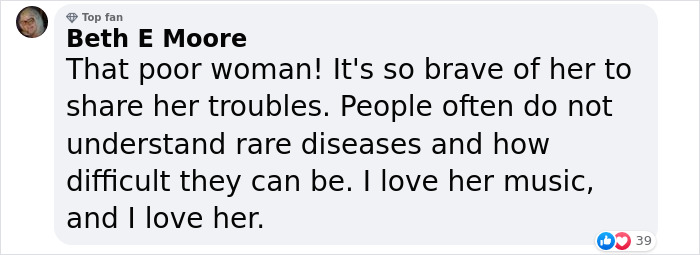Céline Dion was filmed enduring an excruciating 10-minute-long “seizure” provoked by Stiff Person Syndrome (SPS). A clip of the vulnerable scene was featured in the singer’s new documentary, I Am: Céline Dion, which was released worldwide on Prime Video on Tuesday (June 25).
In the heartbreaking segment, the 56-year-old talent could be seen writhing in pain, tearful, and flushed while lying on an examination table, unable to move.
The scene displayed the Charlemagne, Québec, native having a physical therapy session shortly after viewers saw her recording a new song titled Love Again.
As Céline was filmed gasping for air, medical professionals surrounding her were seen working to alleviate her painful muscle spasms. Eventually, a healthcare professional was seen administering a nasal spray to the songstress.
Her physician, Dr. Amanda Piquet, director of the autoimmune neurology program at the University of Colorado Anschutz Medical Campus, told Today on Tuesday that Céline had received benzodiazepine nasal spray, which is part of a class of depressant drugs that relieve anxiety and reduce muscle spasms.
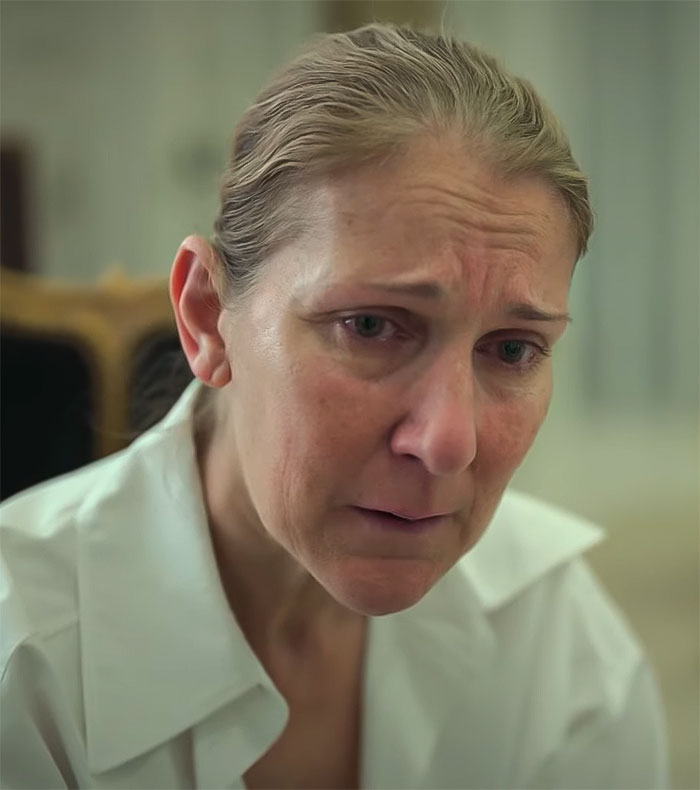
Shared ahead of the documentary I Am: Céline Dion, the harrowing clip from the film showed doctors gently laying Céline in a comfortable position and checking her vitals, according to a Daily Mail report on Tuesday.
At some point, the camera panned to Céline’s bare feet, which looked extremely rigid, before showing the Queen of Power Ballads finally able to sit upright and cover herself in a blanket.
The mom-of-three was subsequently filmed saying: “Every time something like this happens, it makes you feel so embarrassed and so, like, I don’t how to express it, it’s just… you know, like, to not have control of yourself..”
She continued: “I still see myself dance and sing.
“I always find plan b and plan c, you know. That’s me. If I can’t run, I’ll walk. If I can’t walk, I’ll crawl. But I won’t stop. I won’t stop.”

Academy Awards nominee Irene Taylor, who directed the documentary, told the PA news agency she was thinking, “Should I film it?” when Céline went “very quickly” into the attack. Irene ultimately decided to continue, as the singer, known for her powerful voice, had told her not “to ask permission to film something.”
Irene added: “So in that first 30 seconds, I was not focused on filming. I was the sound person, and my cinematographer was there.
“But there were several people in the room, and everyone was doing what they were trained to do to help her, they’d all been given medical training on what to do if this happens.
“So she was in the best hands she could be in.
“If they needed an extra pair of hands, I would have dropped my microphone and gotten in [to] help them without a doubt.
“But I did decide to keep filming, knowing that we didn’t have to use it.”
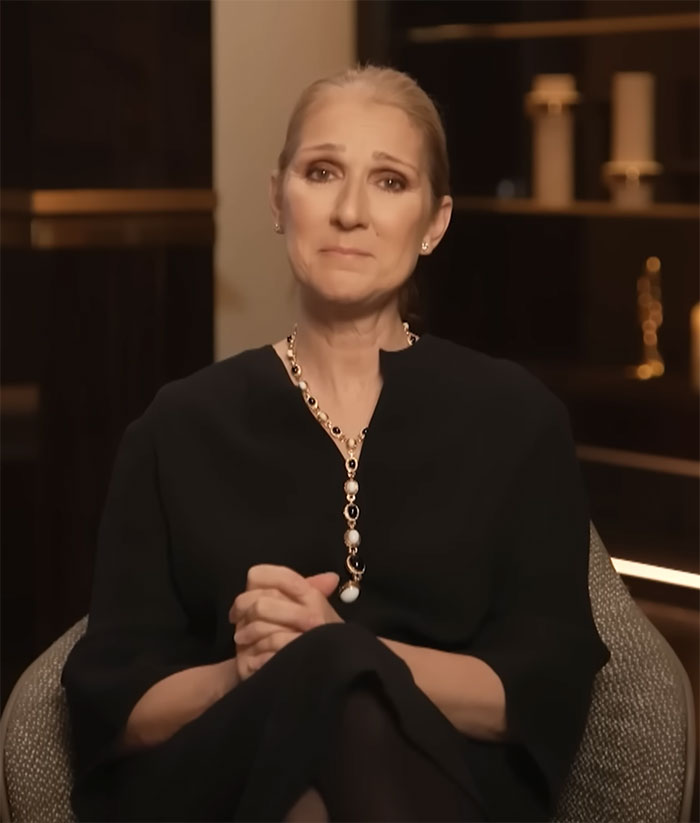
I Am: Céline Dion’s director reportedly said that the All By Myself hitmaker was adamant that the nearly 10-minute scene in which she experienced a lengthy spasm be retained.
Irene reportedly added that Céline said, “We can always talk about it later if I’m uncomfortable with it,” and she “just basically stayed out of the way.”
The filmmaker recalled: “After the episode occurred, and she sang that beautiful song, she left in very high spirits.
“Believe it or not, she left that location in very high spirits.
“And she was actually taking care of me.”
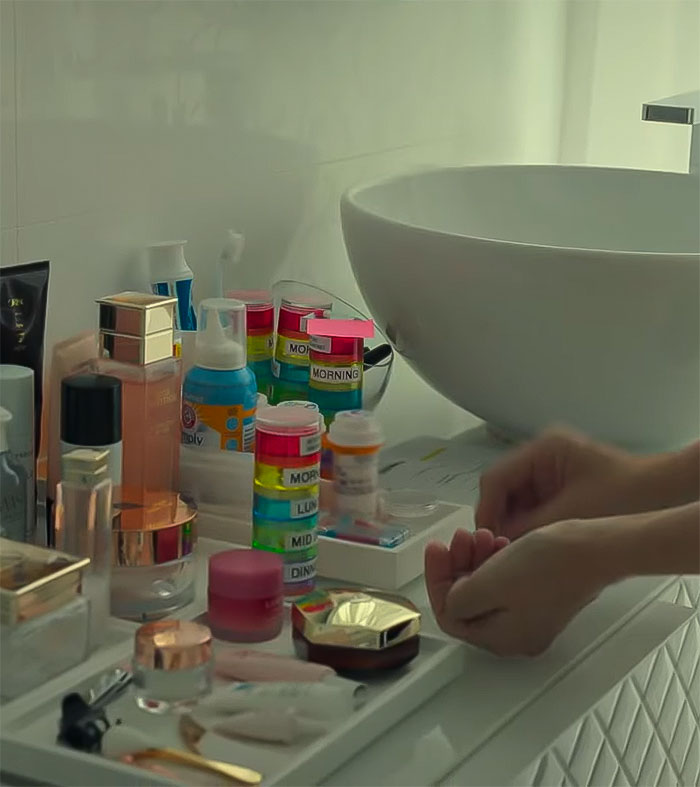
“She squeezed my hand and she was just about to drive away in the car, she reached her hand out the window.
“And she said, ‘Don’t worry about what happened.’
“And I think that was her way of saying, ‘If you filmed that you can you know, it’s OK. It’s OK.’
“I don’t know what it looked like.
“And I thought, ‘Yeah,’ but she doesn’t know what it looks like.
“Like… she was only semi-conscious.
“So ultimately, I did edit it into the film.
“And what you see in this final film is exactly what I showed her the first time.
“She didn’t want me to change it at all.”
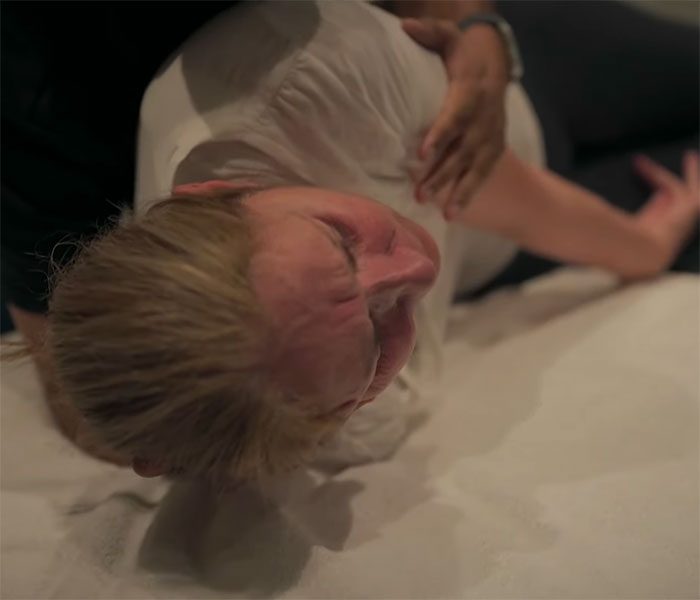
When asked why Céline grabbed her hand, Irene reportedly replied that she thought she was “hiding” her emotions.
“In that moment when she reached out and grabbed my hand, maybe I was showing how upset I was, but I was so relieved that she was OK,” Irene explained.
She added: “But I was also inspired because she sang and she performed and I had never seen her in concert.
“And I was like this is what it must be like to see Céline in concert.
“Because I was like so overcome with, you know, this like ‘Hell yeah’, like [I felt] emotion [in] me.
“You know, when she did all of her Céline Dion things, her mannerisms, and so, I really appreciated that.”
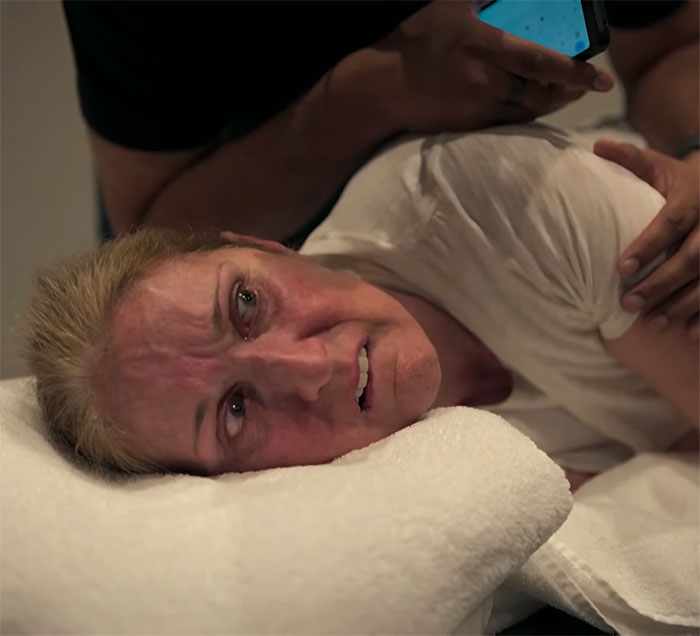
Irene, who is known for the Oscar-nominated documentary The Final Inch, stated: “I would have never shown it if she didn’t want me to, that’s just the honest truth, it’s too personal.”
The documentarist reportedly said that the music star “never asked [her] how [she] was editing something,” and she explained, “It’s fair to say that she set the film on the course it took by wanting to give a lot of herself.”
Irene further recounted: “I couldn’t have done it without her will, you know the will is very powerful and I think any public figure can decide to let go of this narrative that’s been constructed about them for a long time, because sometimes they don’t even have control of that narrative, it’s like, it becomes a force of its own.”
Last year, in December, Céline shared that she had been diagnosed with the incurable neurological condition and was canceling her forthcoming tour dates.
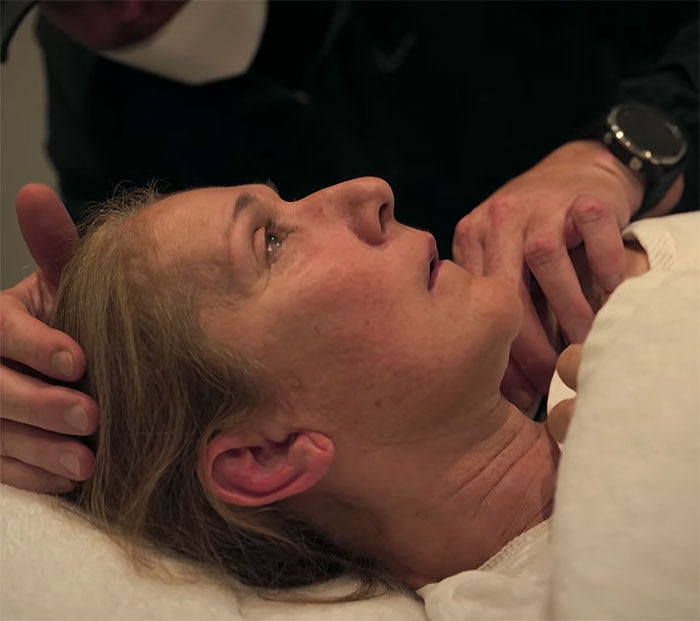
Later, in May 2023, the Grammy Awards winner was forced to cancel the remaining concerts of her world tour.
At the time, the singer said: “It’s not fair to you to keep postponing the shows, and even though it breaks my heart, it’s best that we cancel everything now until I’m really ready to be back on stage again.”
Claudette, who is Céline’s older sister of 20 years, reportedly said it was still her dream that the vocalist would return to the stage, but it wasn’t clear in what capacity she would be able to.
She said: “The vocal cords are muscles, and the heart is also a muscle. This is what comes to get me.” Claudette further stated that since the illness is so rare, there has not been that much research into it, and some have “lost hope.”
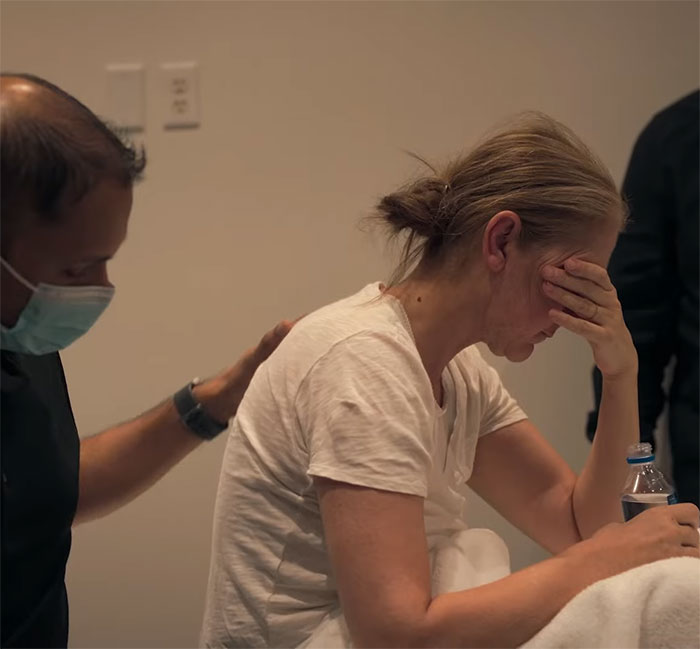
Nevertheless, on February 4 at the 66th Grammy Awards, Céline stunned the world as she hit the stage, escorted by her son René-Charles, to present the final award of the night.
At the time, she emotionally told the audience: “When I say that I’m happy to be here, I really mean it with my heart.
“Those who have been blessed enough to be here at the Grammy Awards must never take for granted the tremendous love and joy that music brings to our lives and to people all around the world.
“It gives me great joy to present a Grammy Award that two legends, Diana Ross and Sting, presented to me 27 years ago.”
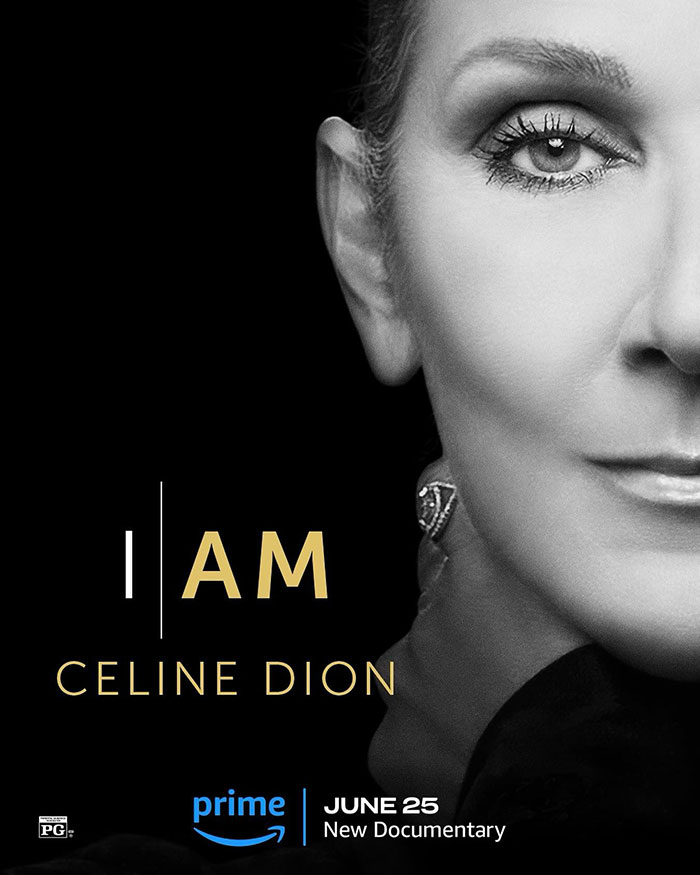
According to the Stiff Person Syndrome Research Foundation, SPS is a neurological disease with autoimmune features. Symptoms include muscle spasms, hyper-rigidity, debilitating pain, and chronic anxiety.
Muscle spasms can be so violent they can dislocate joints and even break bones.
The foundation further states that most people suffering from SPS experience worsening stiffness and muscle spasms over the long term. Moreover, the stiffness may affect limbs to a different extent.
For some people, walking may become difficult and they become more prone to falls and injury. Sometimes, overall mobility becomes more difficult and a variety of assistive devices, including a walker or wheelchair, may be necessary.
Other less common symptoms with SPS include shortness of breath or a sense of requiring more work to breathe, the foundation explains. Some patients report spasms of the face or a change in their appetite.
SPS is an extremely rare disorder, the National Organization for Rare Disorders claims. The exact incidence and prevalence of SPS are unknown, although one estimate places the incidence at approximately 1 in 1,000,000 individuals in the general population.
In I Am: Céline Dion, the starlet revealed that she had been living with SPS symptoms for 17 years.
Many patients with stiff person syndrome experience muscle cramping, spasms, and stiffness constantly, but certain movements or emotions can trigger “a complete, whole-body spasm,” Dr. Amanda Piquet told Today.
Recalling the scene with Céline’s full-body spasm, which started in her foot, the member of the advisory board of the Stiff Person Syndrome Research Foundation said: “That anxiety, that panic, that continued spasm that was not breaking then very quickly triggered just a complete whole body spasm.”
Celine Dion shares a vulnerable look into her experience with stiff-person syndrome in her new documentary. pic.twitter.com/S9CyGYY3PP
— E! News (@enews) June 26, 2024
“It’s not a seizure,” Amanda reportedly clarified. “This is a spasm that is occurring, and patients are aware of what’s going on. There’s a lot of anxiety, there’s a lot of panic, your adrenaline’s rushing.”
According to the doctor, the musician has made “significant progress” in managing her symptoms since the documentary was filmed.
Céline shared in the film that her treatment regimen involves physical therapy, intravenous immunoglobulin (which helps with the autoimmune aspect of stiff person syndrome), and muscle relaxers.
“So sad to see her nightmare,” a reader commented



